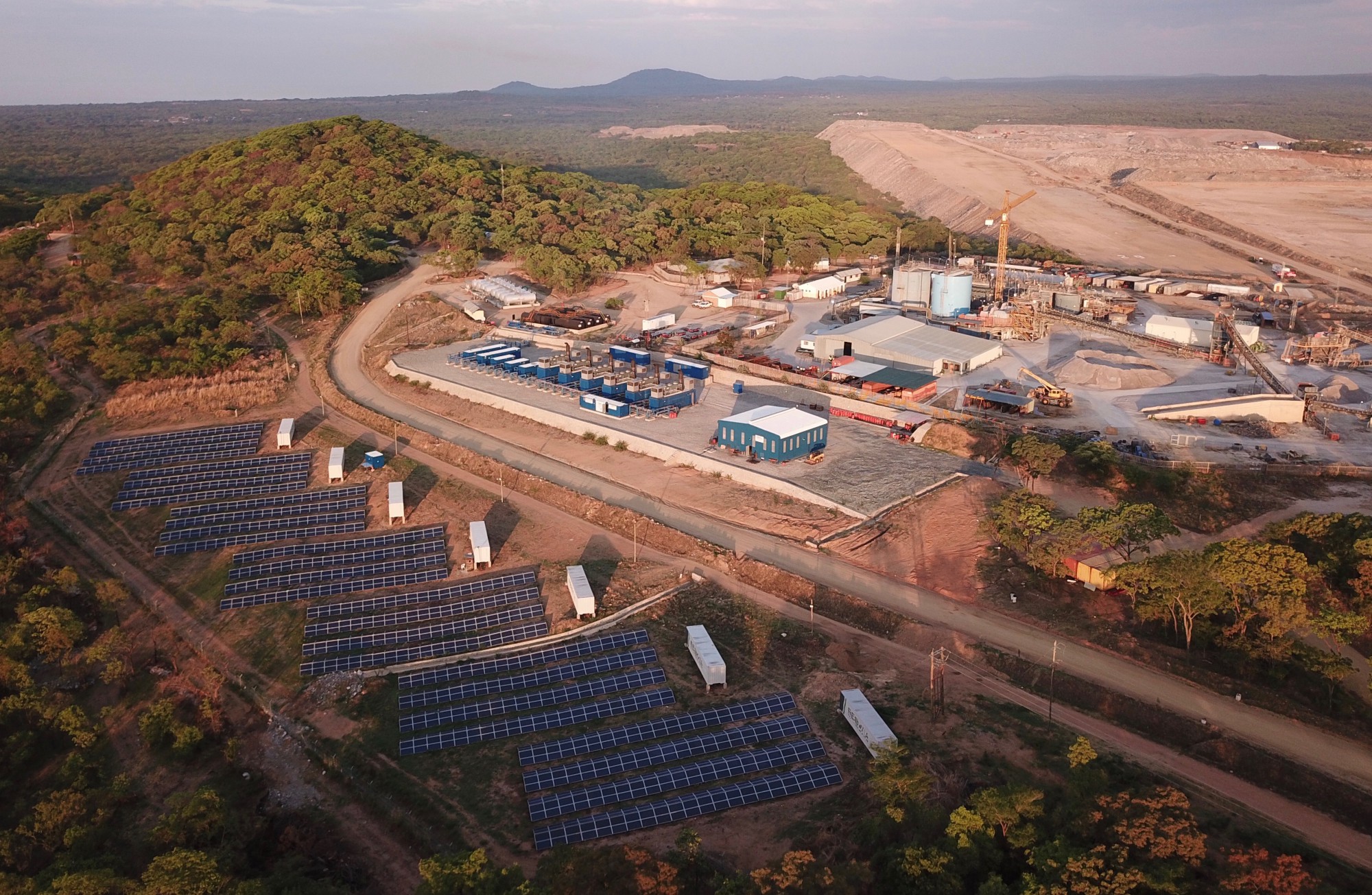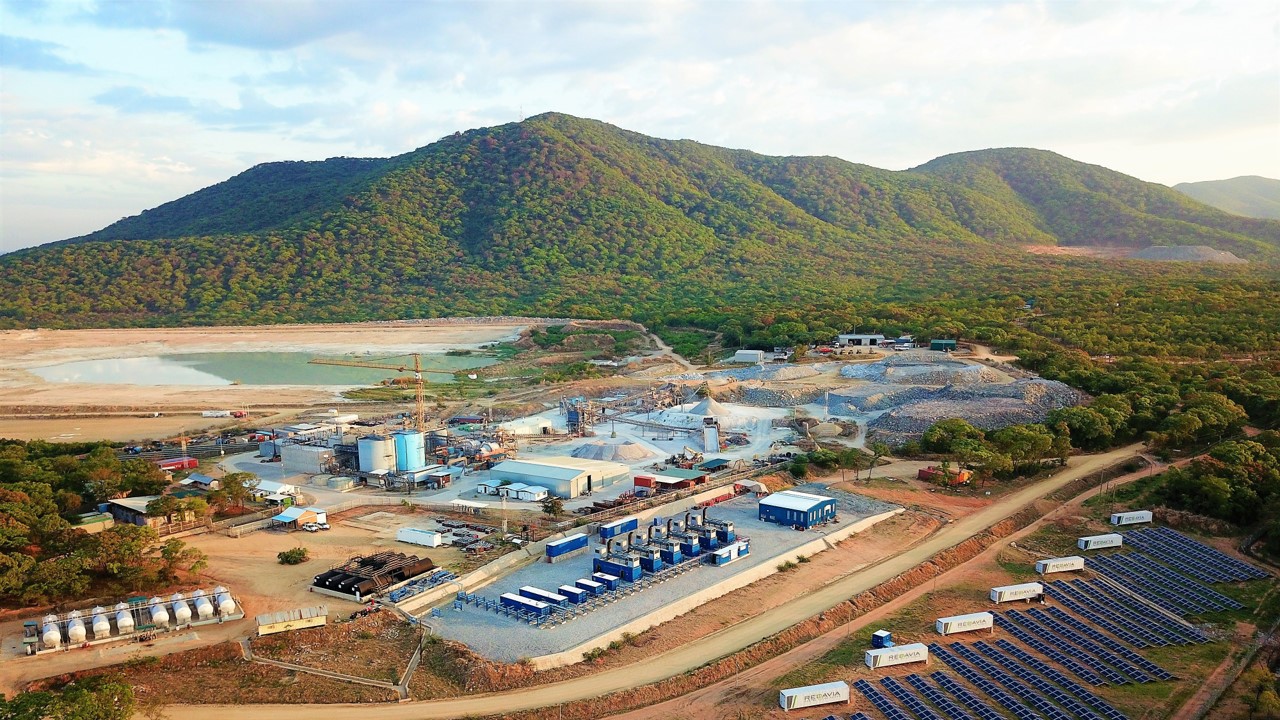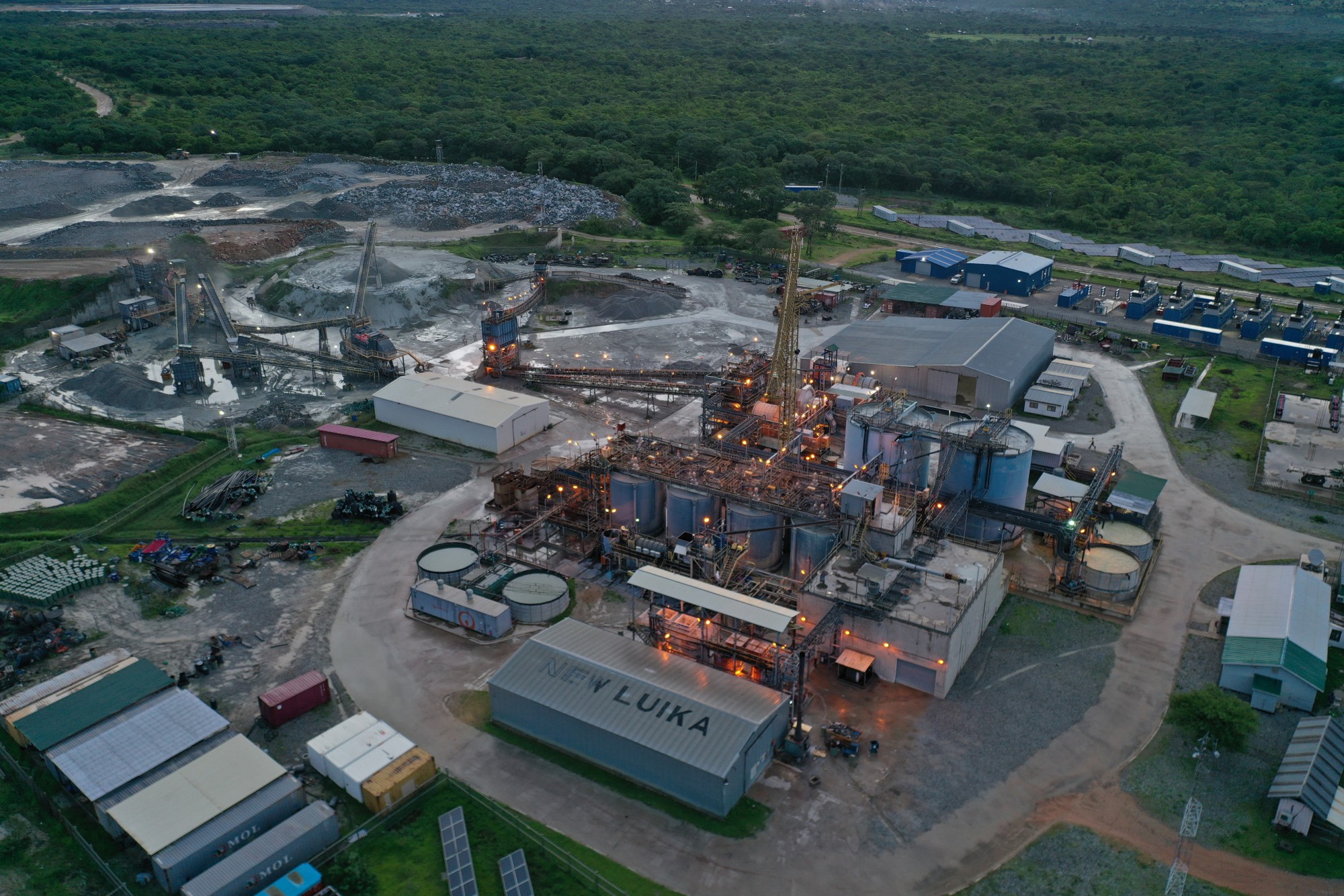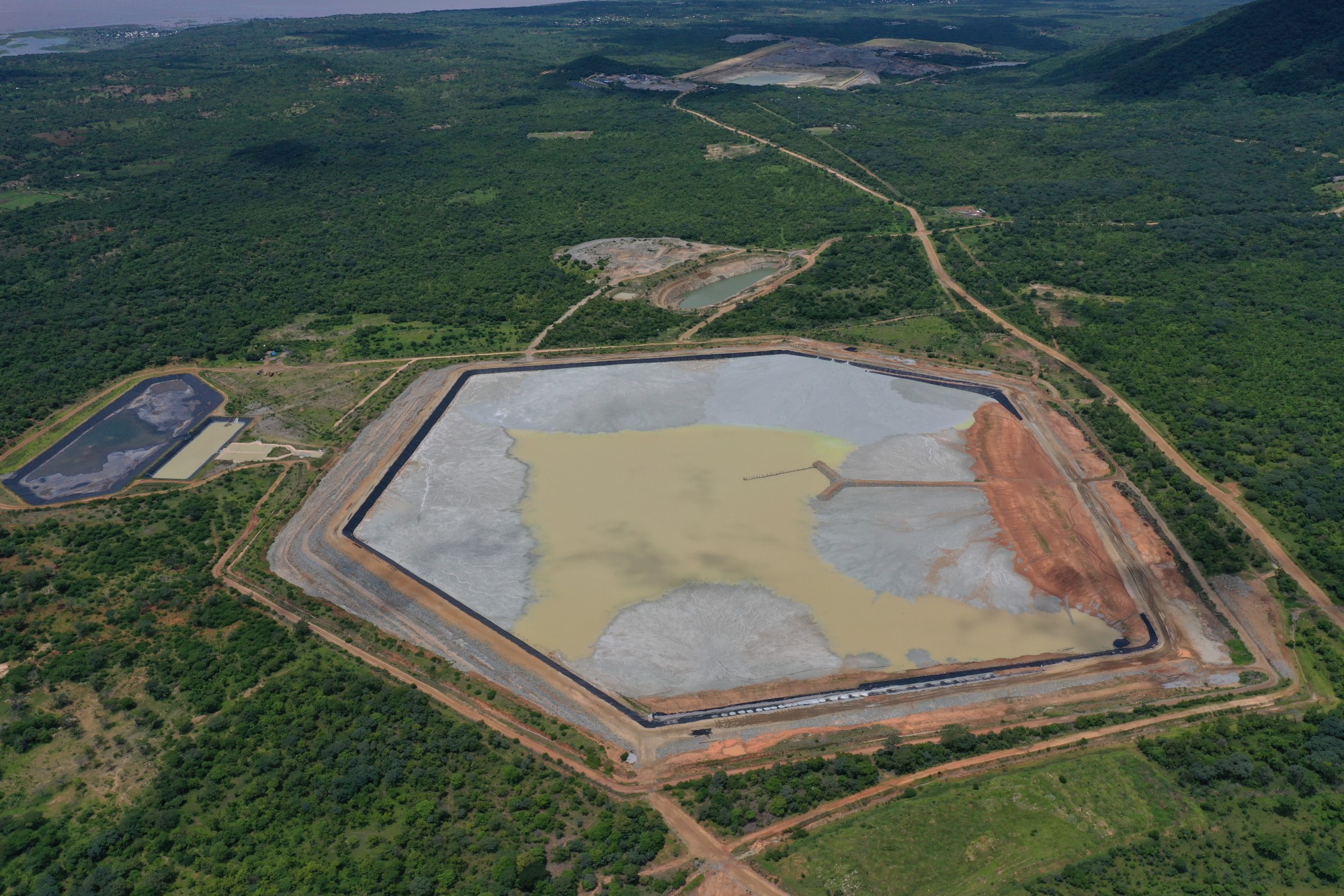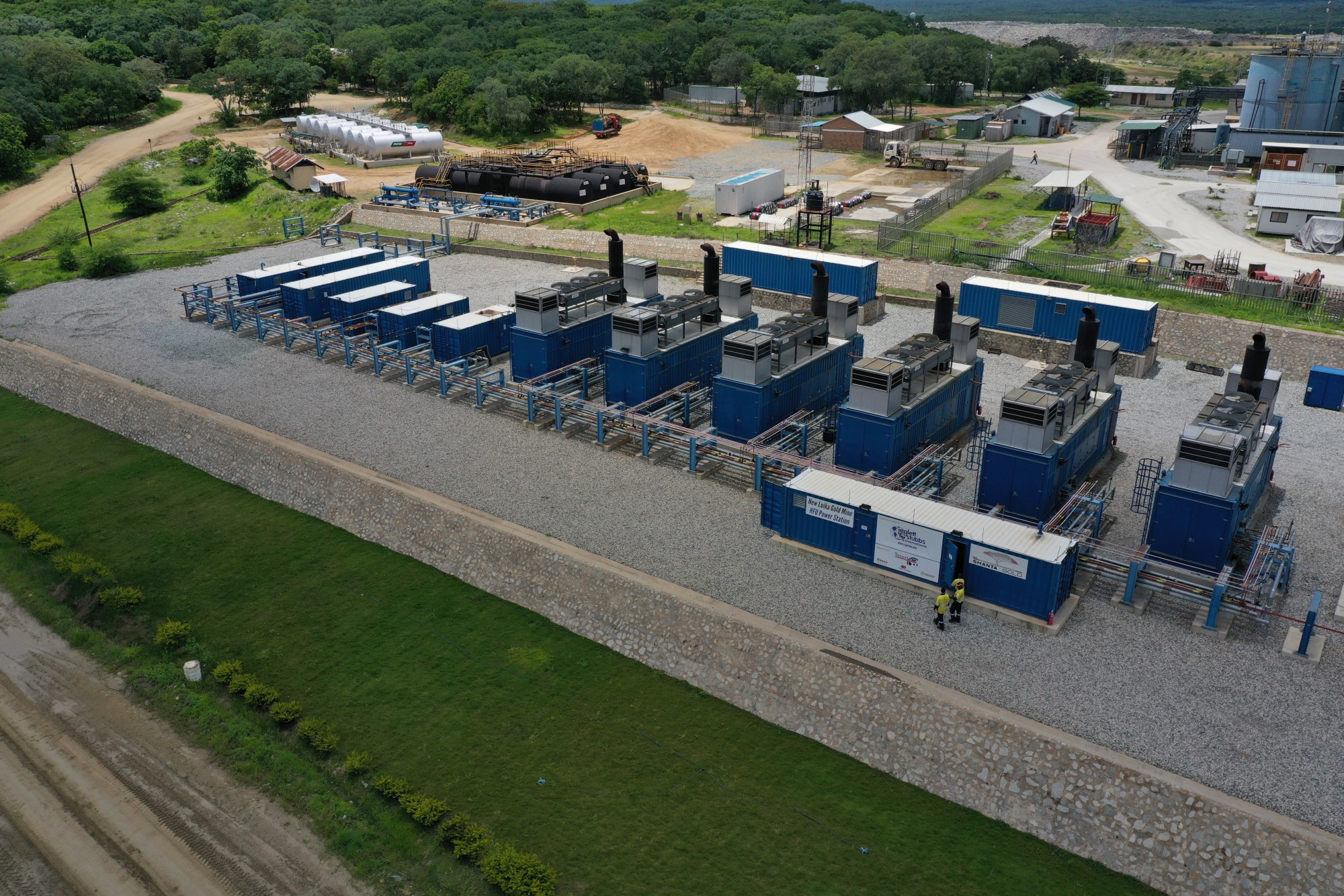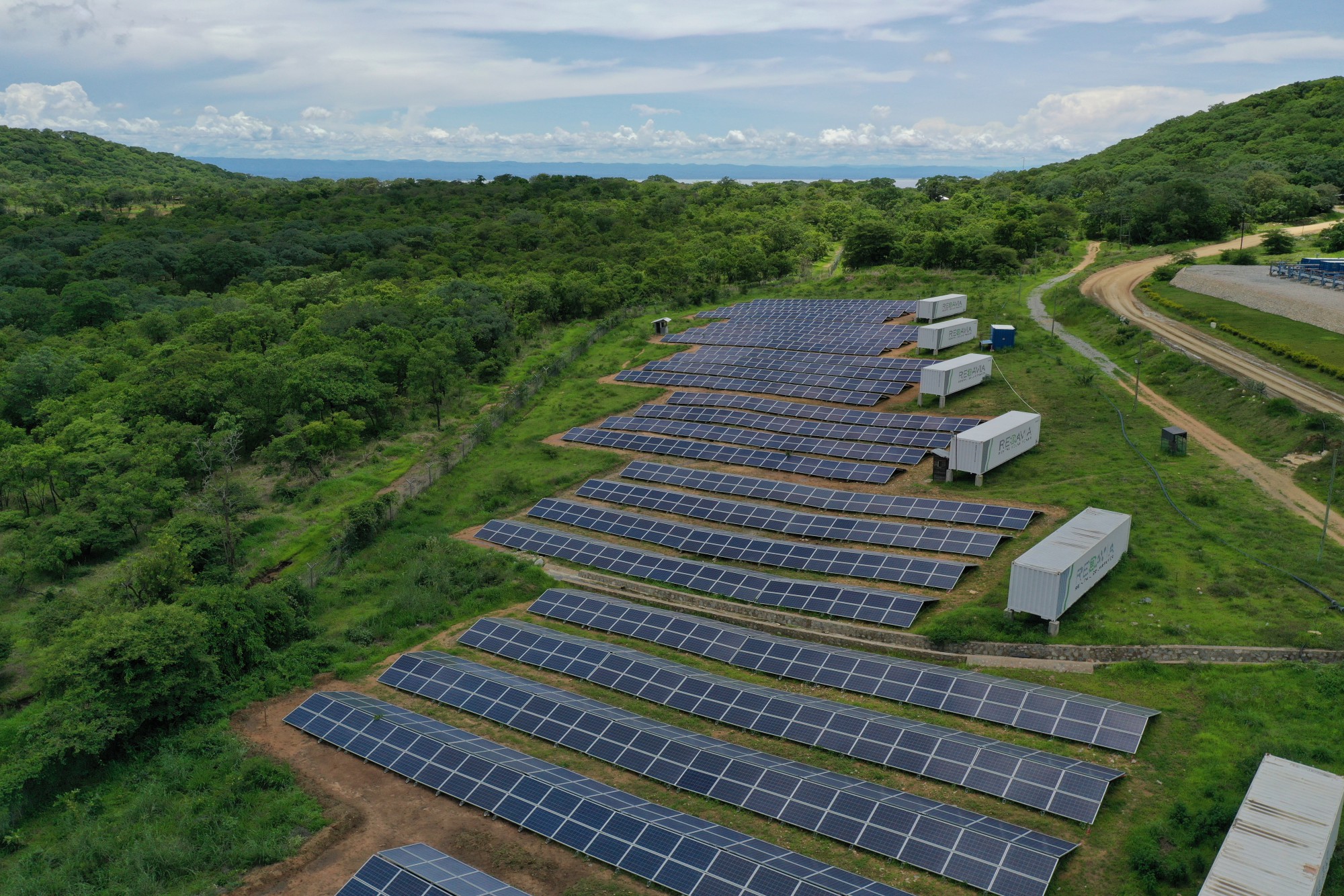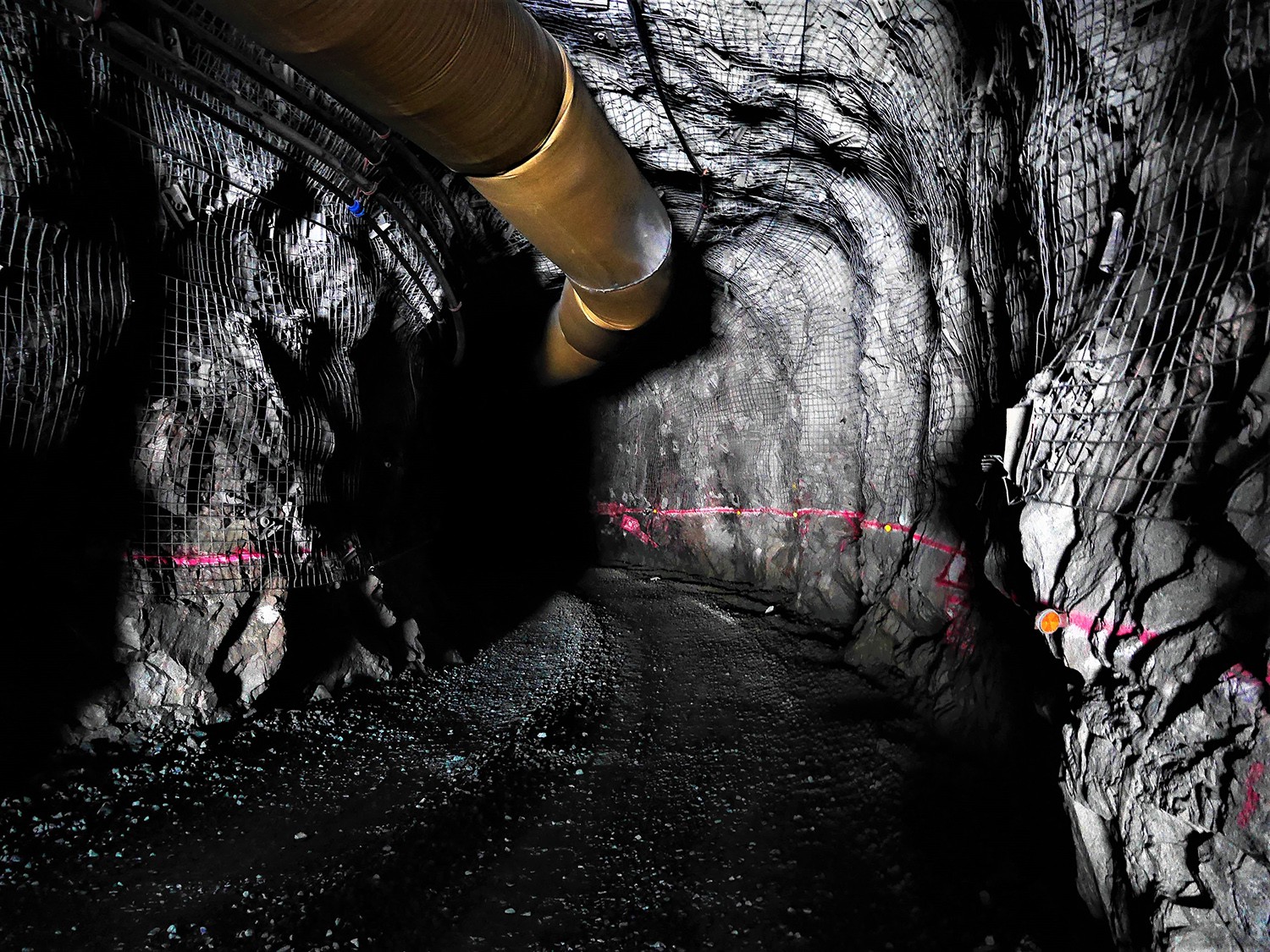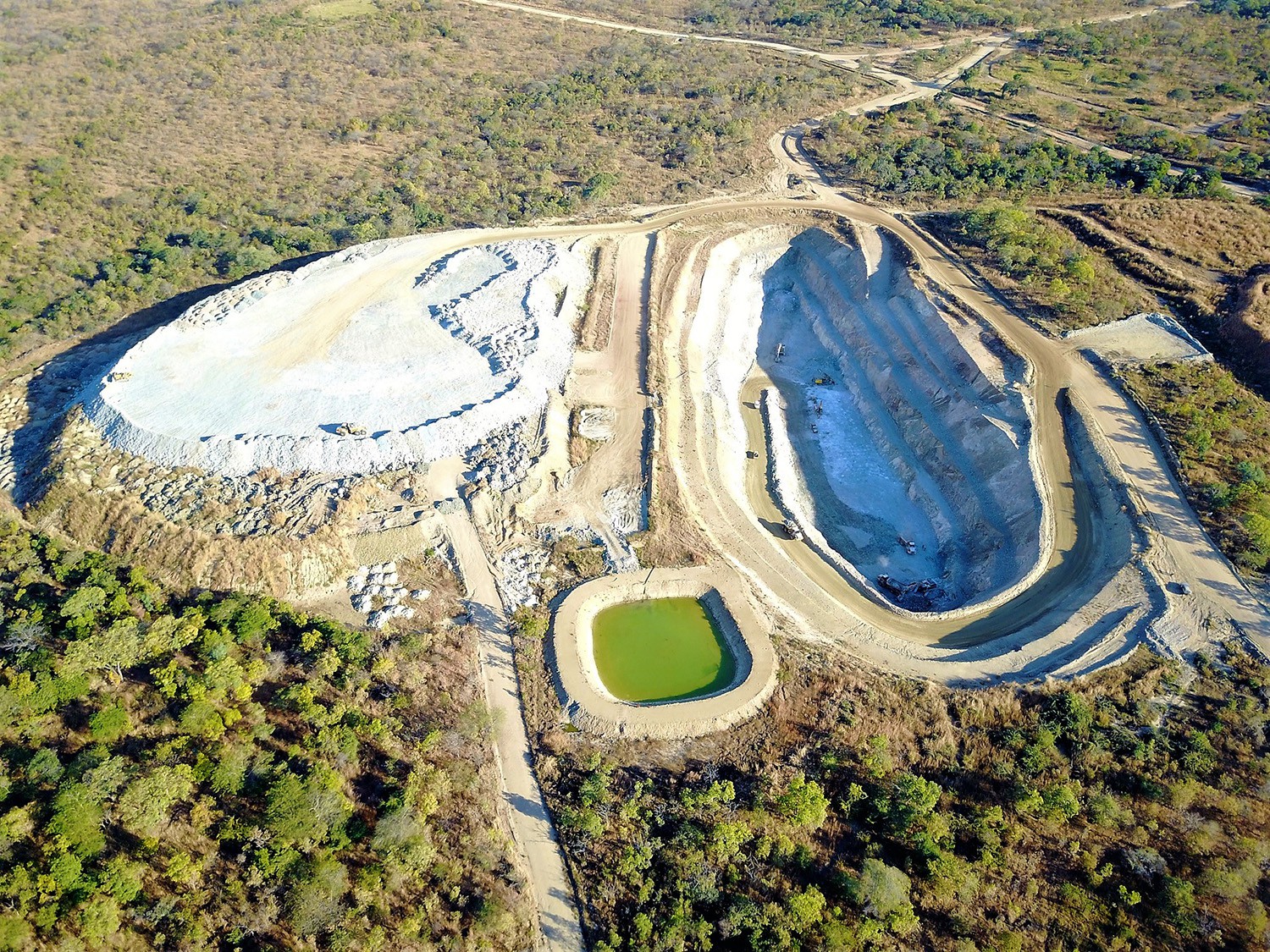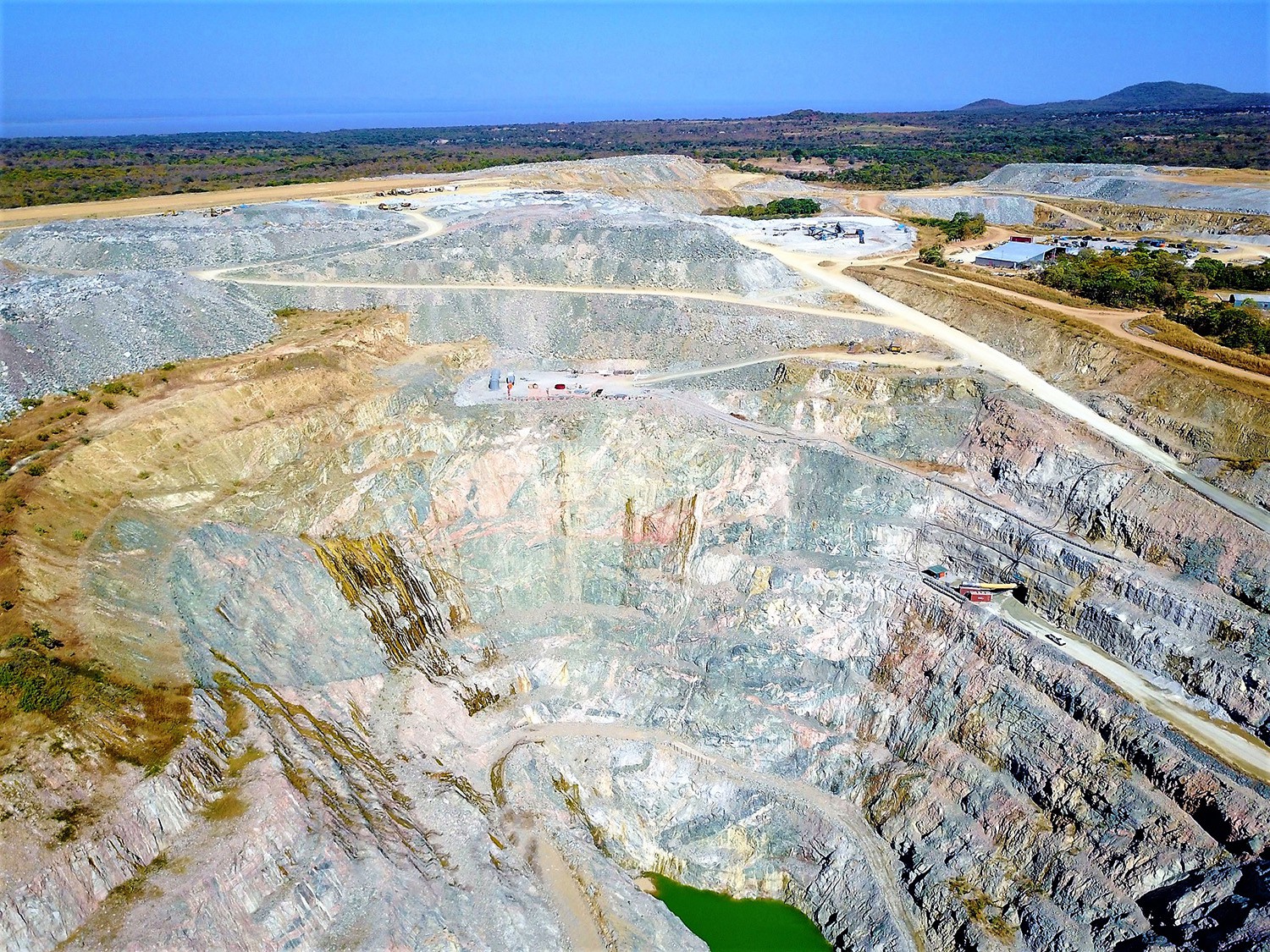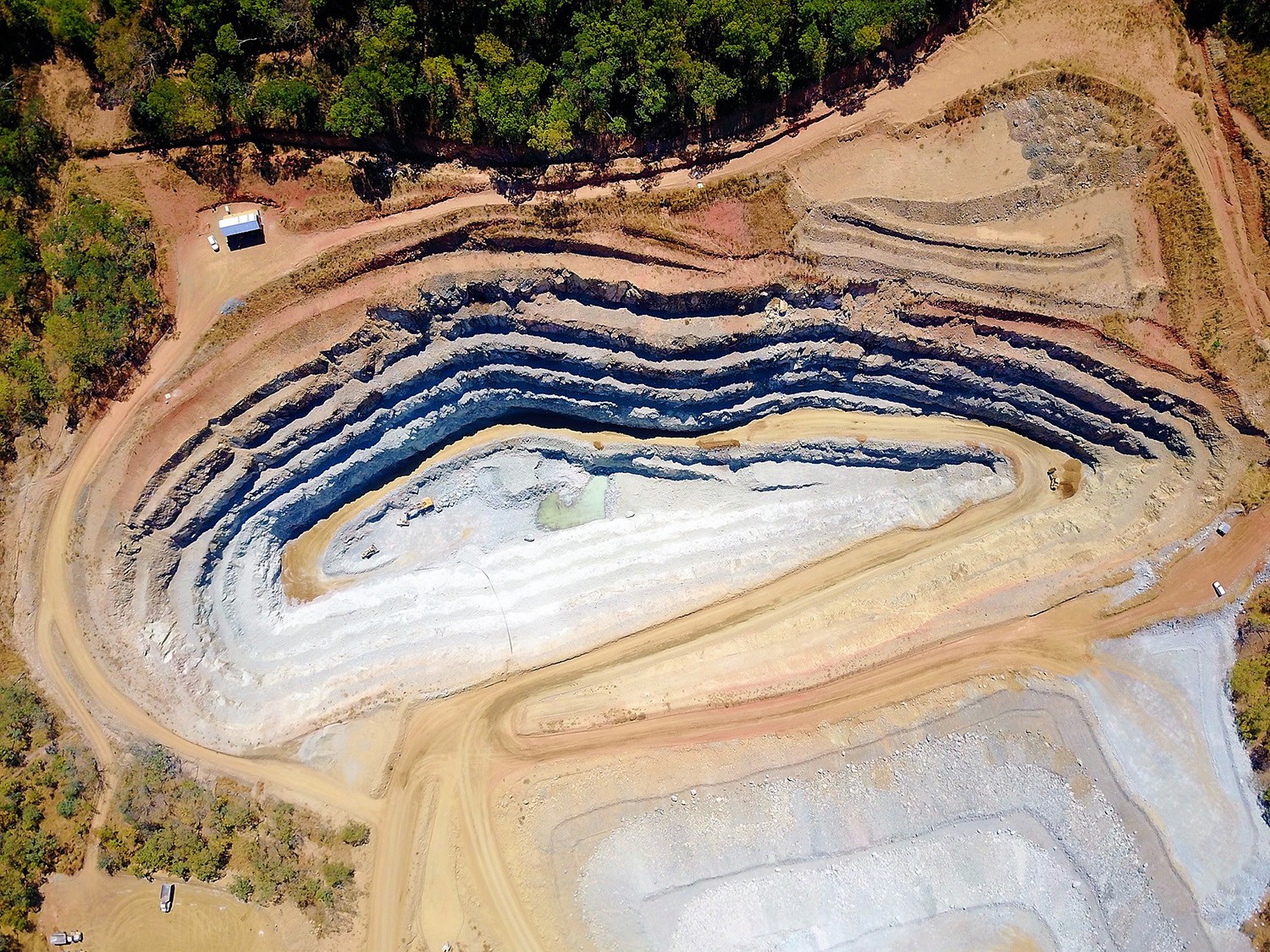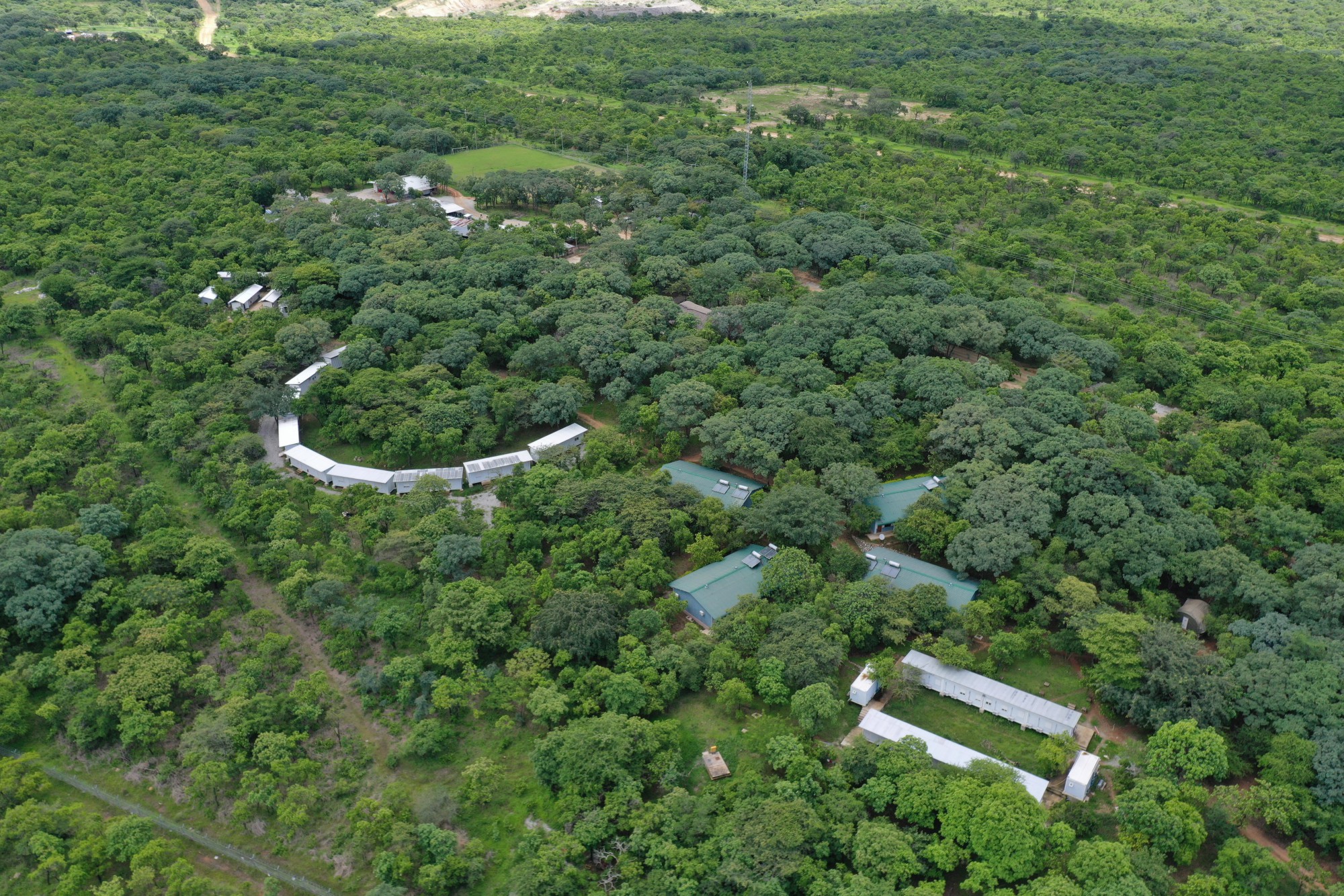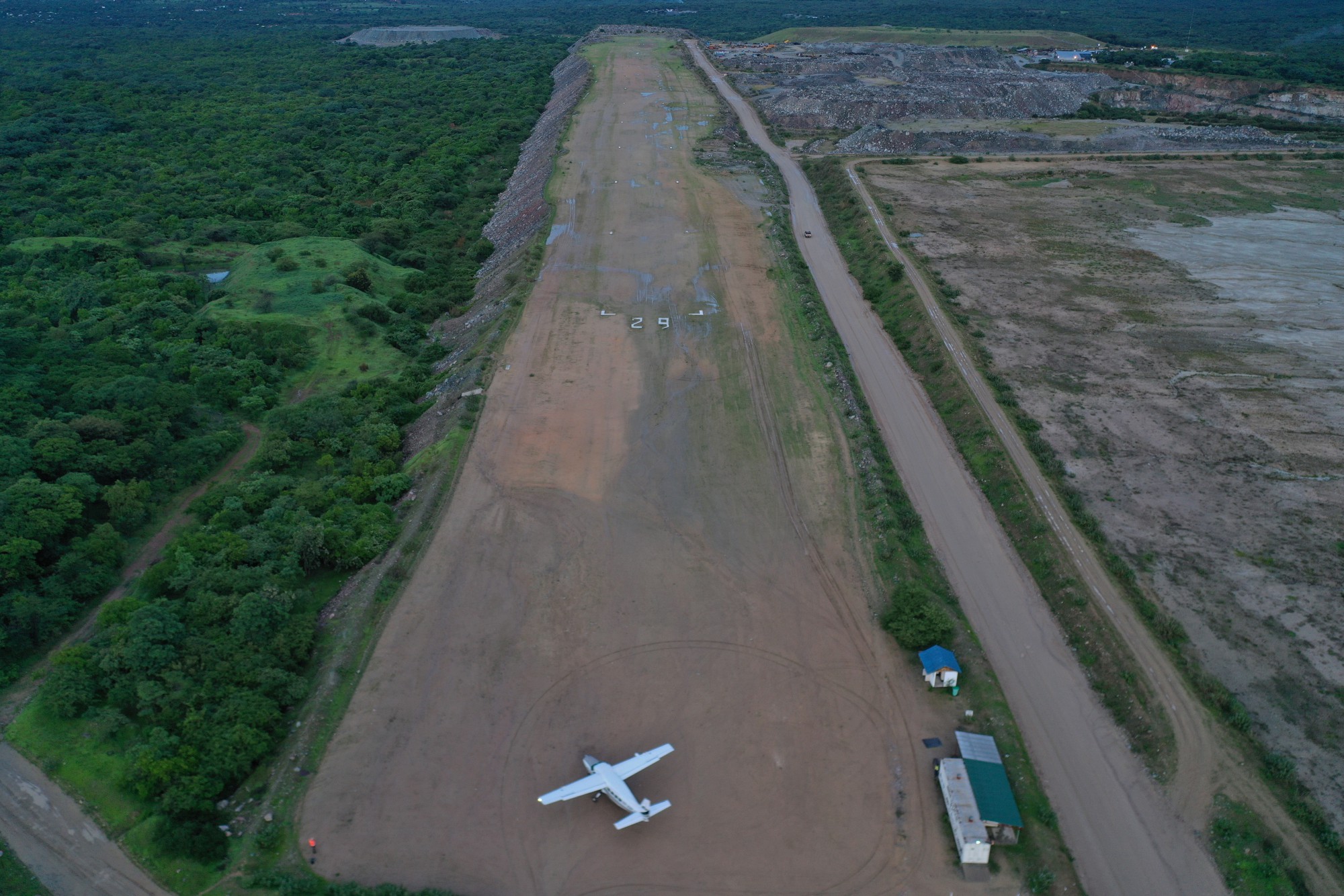New Luika Gold Mine
The New Luika Gold Mine (“New Luika”) is based in the Songwe District of Southwestern Tanzania approximately 700 km South-West of Dar es Salaam. New Luika is an Open Pit and Underground mining operation with a reputation as one of the safest gold mining operations of its peers.
Open Pit Operations - Mining approach is contractor-based whereby the contractor supplies and operate the equipment and the client provides technical guidance and supervision which includes mine design, mine planning, mine survey and geology inputs.
Underground Operations – New Luika transitioned to a predominantly underground operation and entered commercial production in June 2017. All underground operations are performed by New Luika employees (owner operated).
Processing - The processing is metallurgically simple and conventional involving proven crushing and milling techniques with carbon-in-leach gold extraction delivering robust gold recoveries. New Luika has two tailings storage facilities (TSF): TSF 1 which is non-operational and TSF 2 which is currently in use. TSF 2 was designed and engineered to meet the world best industry practice and in alignment with New Luika Life of Mine production plan.
Power – New Luika derives its power from three sources namely, Heavy Fuel Oil Power Station (HFO), national grid electricity supply (TANESCO), and its solar farm.
Water – New Luika receives its water requirements from various sources namely, Jamhuri Pit, HIPO Dam, and multiple boreholes.
New Luika has established a solid operational track record for converting inferred resources to reserves and extending the mine life accordingly.
With the underground mine at New Luika fully established, exploration activities are ongoing to extend the life of the operations.
The regional geology of the Lupa Goldfield is characterised by deformed, folded, sheared and metamorphosed paleoproterozoic rocks with major fold axes trending east southeast to west northwest. The following main lithological units occur in the region:
- Ilunga Granite Formation
The Ilunga Granite is located in the northern portion of the Lupa Goldfield and is mostly comprised of a medium to coarse grained leucogranite (aplogranite). Biotite and muscovite are commonly associated secondary minerals. - Saza Granite Formation
The Saza Granite is located in the central portion of the Lupa Goldfield and consists of numerous rock types including hornblende rich granites and hornblende-biotite rich granodiorites. - Gneiss Formation
The Gneiss Formation, the main ore bearing host, is the dominant rock unit within the Lupa Goldfield. The Gneiss Formation has been subjected to at least three granitic intrusive events that have given rise to a variety of rock types such as felsitic gneiss, biotite and hornblende granite gneiss, leucocratic granular gneiss. Diorite, granodiorite and granite rocks are evident within the Gneiss Formation.
Mineralised quartz veined targets are hosted within brittle-ductile to ductile deformational features of variable orientation.

